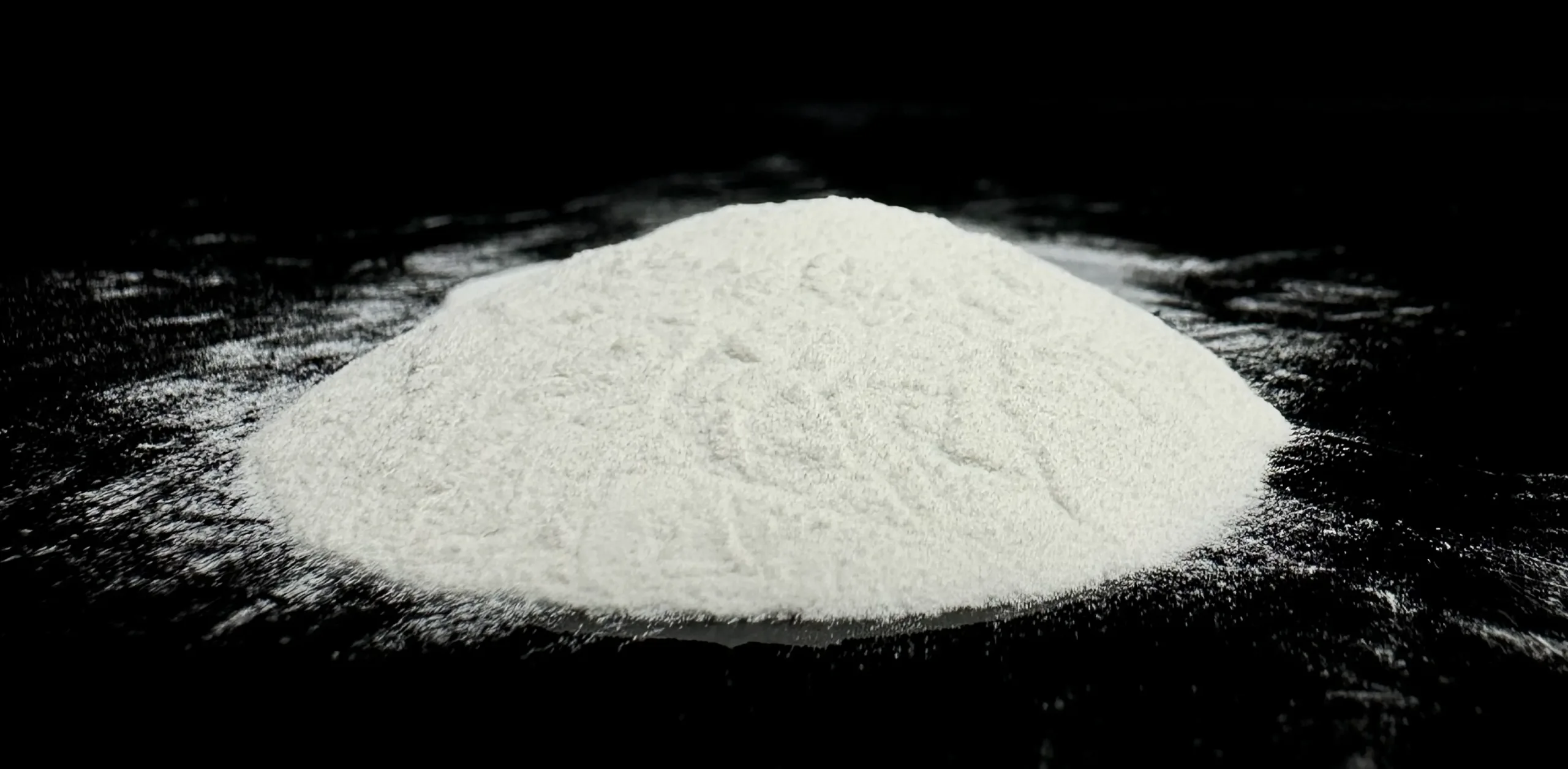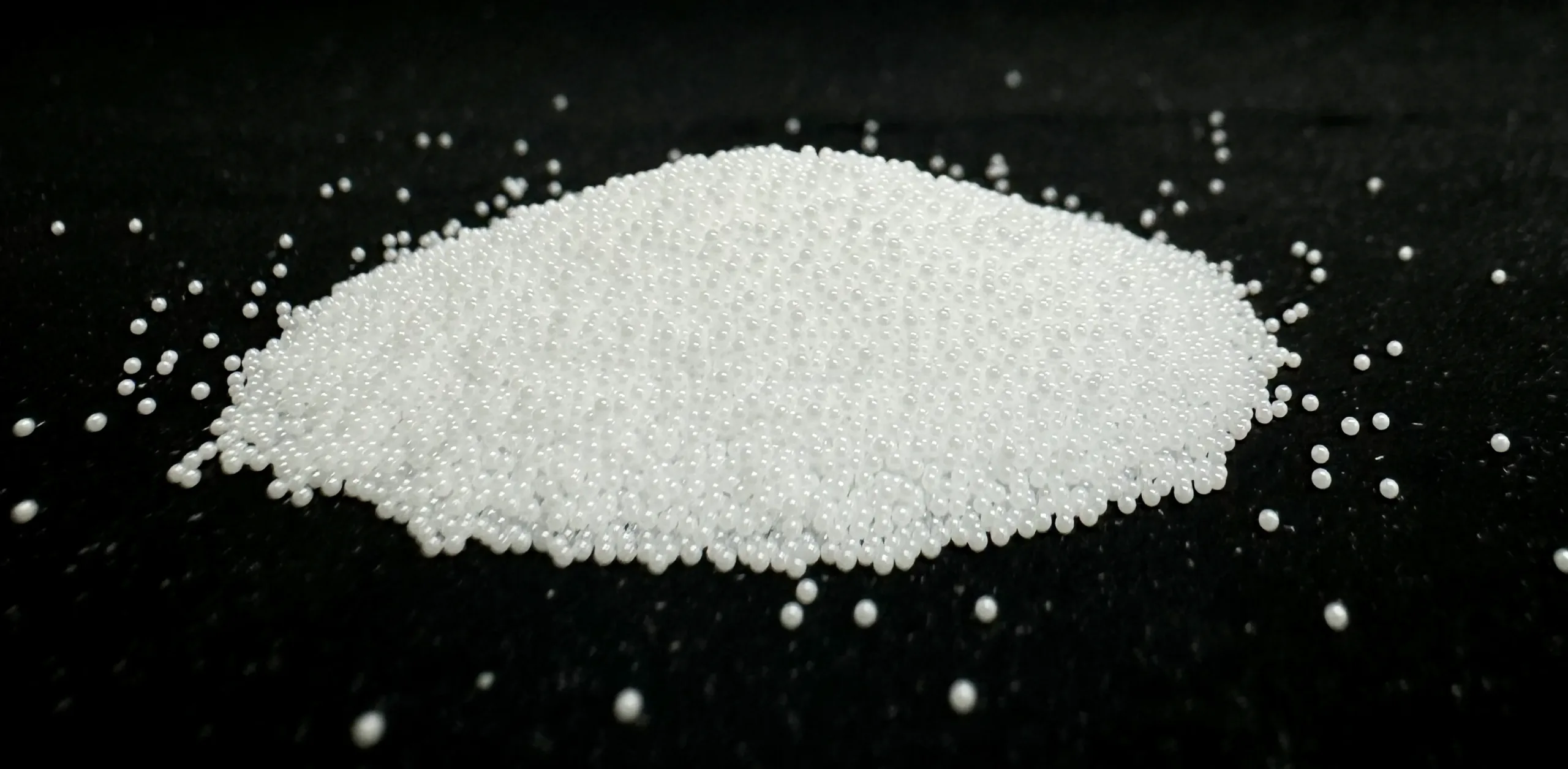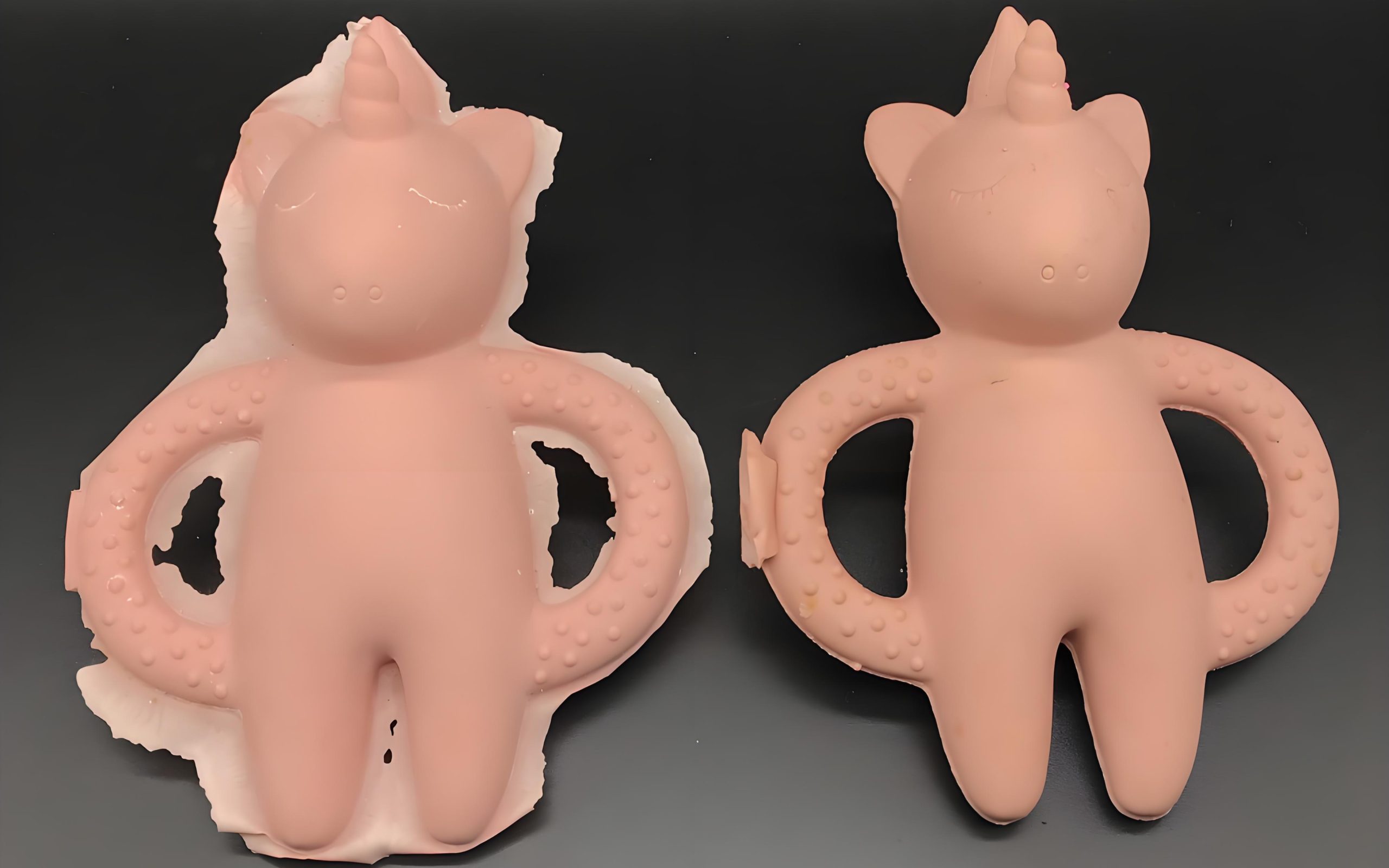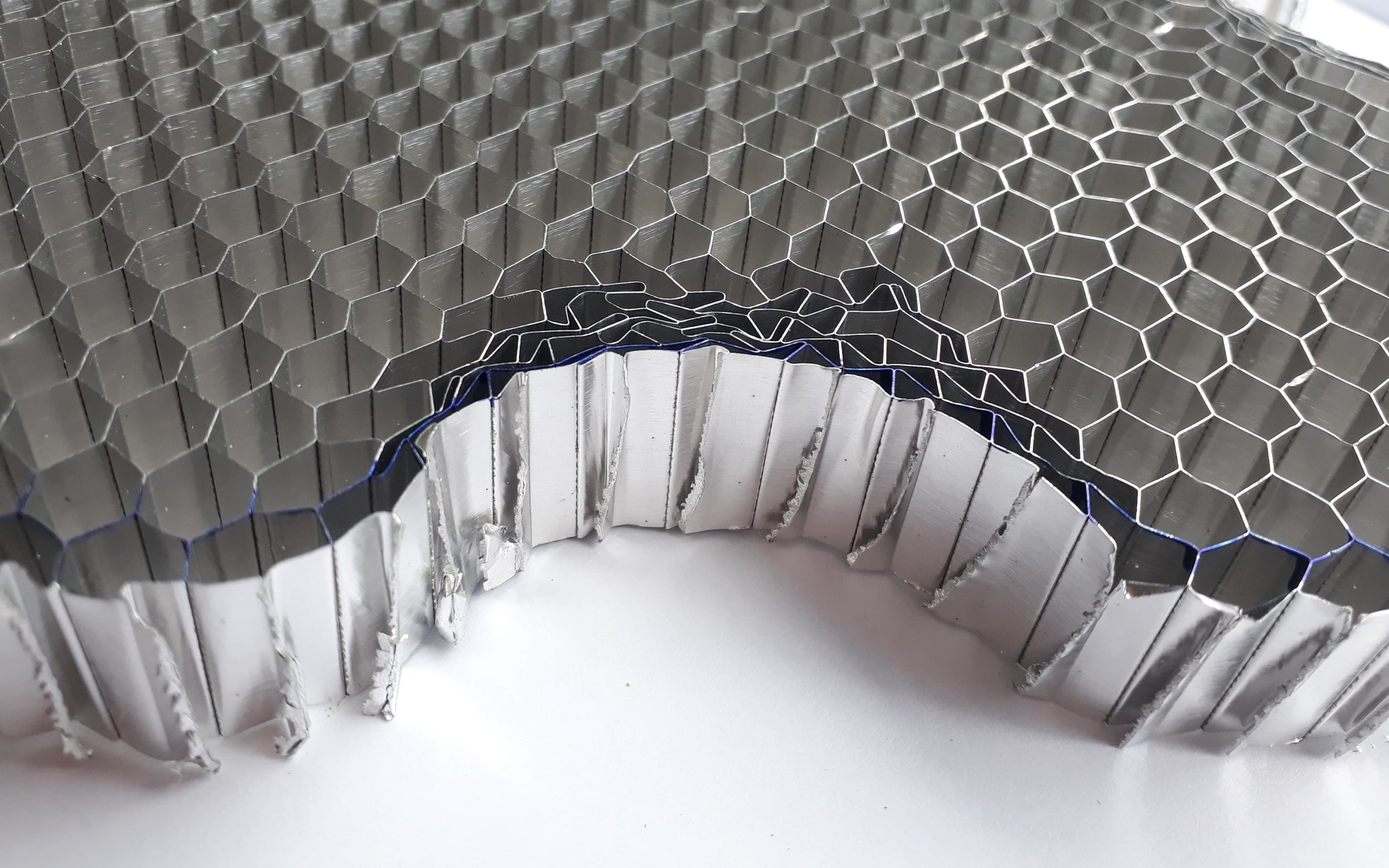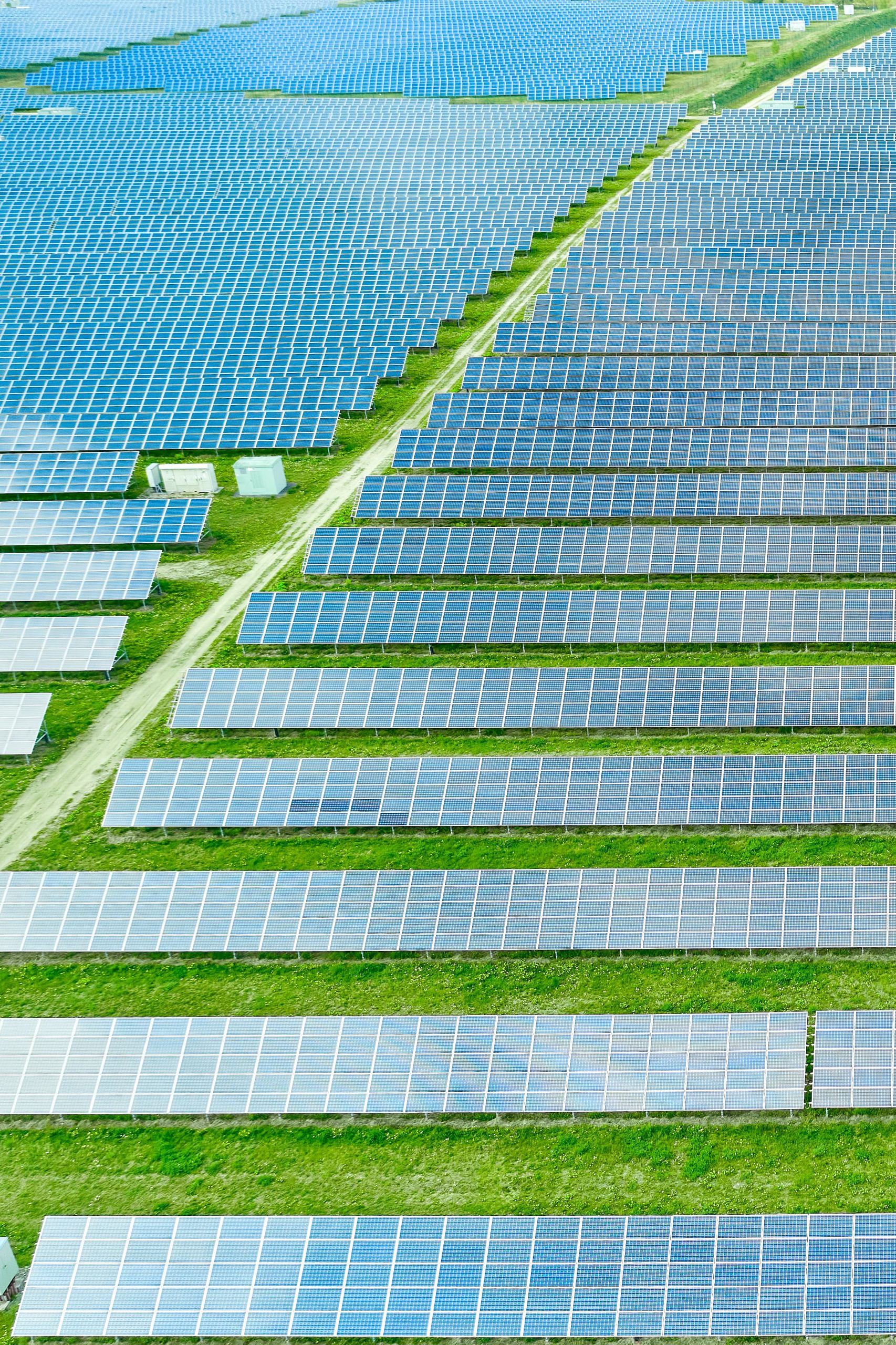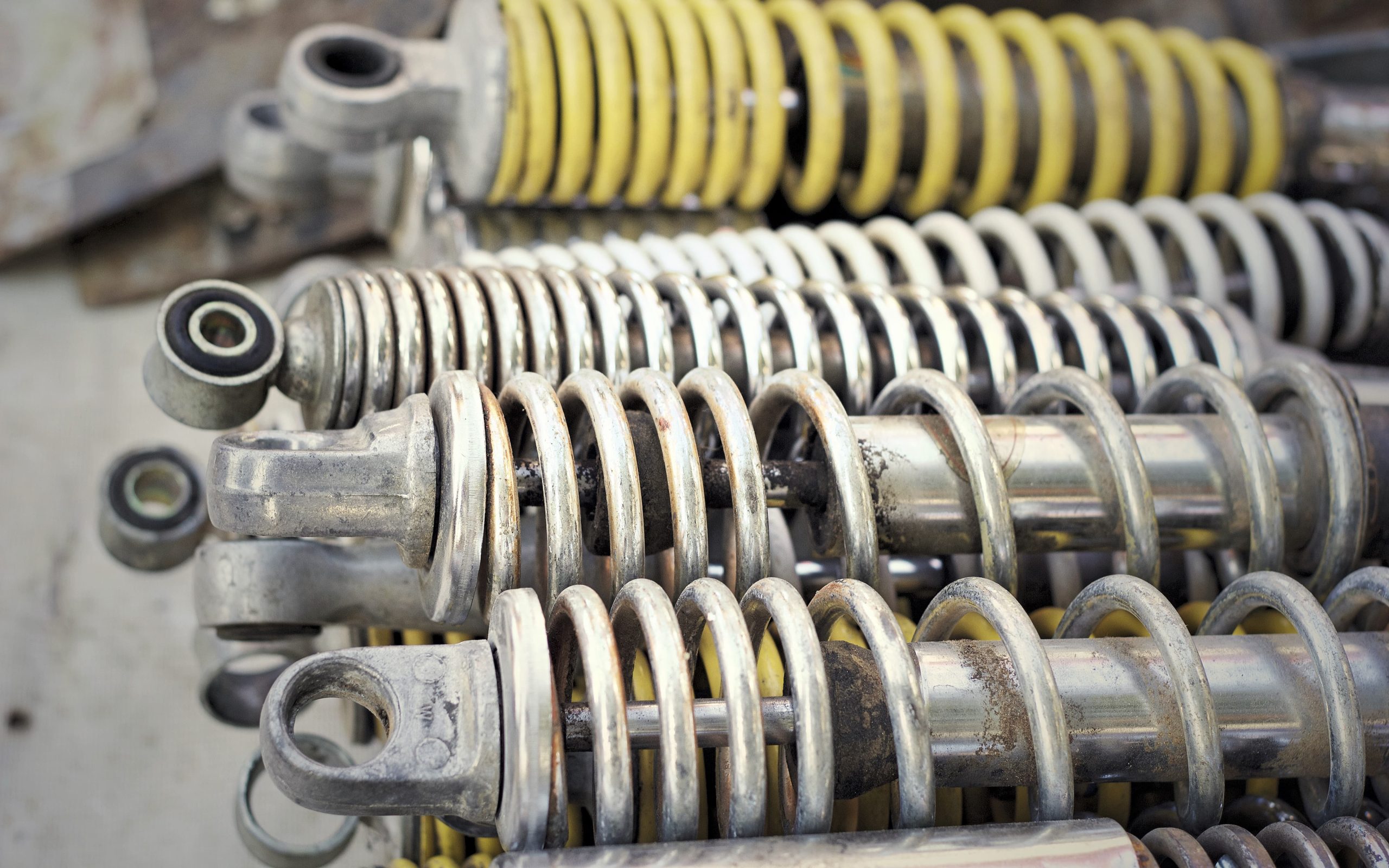Le concurrent multifonctionnel de haute qualité - Applications de l'alumine sphérique
30 juillet 2024

Meulage et polissage
Impression 3D
Céramique
Revêtements protecteurs de surface
Charges thermoconductrices
Matériaux électroniques et optiques
Catalyseurs et transporteurs

Nombre total de vues : 7 998


